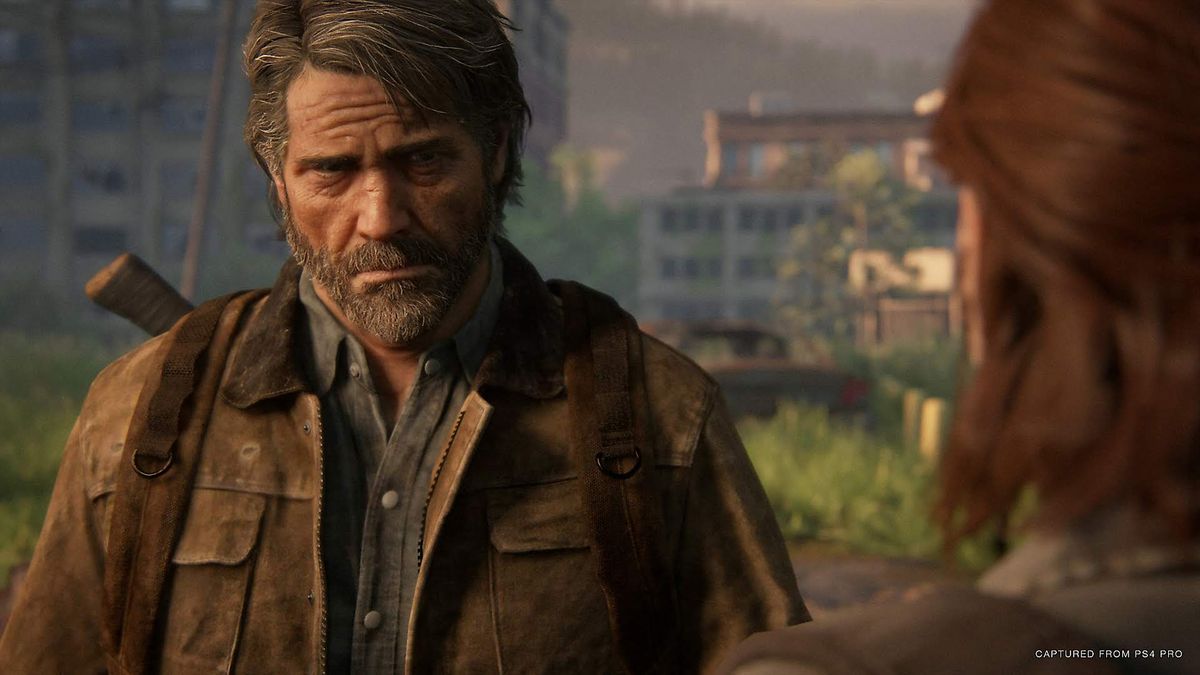Spyxos
Gold Member

Earlier this week, poorly redacted court documents revealed the time and budget allocated to Horizon Forbidden West and The Last of Us Part 2. Both games took more than five years and more than $200 million to develop. It took 300 employees working from 2017 to 2022 to make Horizon Forbidden West at a cost of $212 million, while Naughty Dog peaked at 200 studio employees as it spent $220 million over 70 months.
It's rare that we get this kind of detail on the cost of game development. Earlier this year, news that the poorly-received Forspoken had cost $100 million shocked players. That these two games cost more than double that is no great surprise, but the response to the exact figures has rippled across the industry, with developers helping to put some of those numbers into perspective.
On the one hand, there are the AAA developers. Former Psychonauts 2 developer Lisette Titre-Montgomery noted that Sony spent 220 million over six years to make The Last of Us Part 2 before they saw a single penny in return, claiming that "game teams this size for this long are Not. Sustainable." Former Capcom and Xbox producer Shana put that in further perspective, pointing out that that means the studio was spending $15,000 a month per employee on average – which doesn't necessarily translate to salaries but rather reflects headcount costs – at a total rate of $3 million.
That's understood to be a pretty standard rate in the US, and it highlights why games sometimes can't just simply be delayed - the cost of doing so quickly mounts up. Elsewhere, Bungie producer Nigel Davis points out that this is actually below the market rate for tech jobs, claiming that "almost everyone working in games is taking a pay cut. If we were to work in other tech fields we'd make much more."
Elsewhere, developers have discussed the additional costs not associated with those development figures. Third-party contracts are unlikely to have been included in official headcounts and development budgets, but may number in the several hundreds. Marketing budgets - sometimes as expensive as the development of the game itself - are also not included here.
On the other side of the equation are the indie developers, many of whom would love just a tiny slice of those AAA budgets. Chananda Ekanayake, game director on dating sim Thirsty Suitors, said "$200M+ development budget of a AAA game to indie scale is wild!" Former Vlambeer developer Rami Ismail said that "I'd need a tenth of that to fund 20-30 incredible indie games by super cool devs around the world." That sentiment has been shared a lot elsewhere, with many indie devs suggesting that a fraction of a percent of Naughty Dog's budget could be transformative for their careers.
Much of the conversation also revolves around the value to be found in those bigger titles. For example, the work that AAA studios can do around accessibility is significant. But as major publishers start to warn of longer, more expensive dev cycles, there are certainly questions over how much more these budgets can balloon.

"Not sustainable": Developers across the industry react to The Last of Us Part 2's $220 million budget
As budgets soar, devs break down what that means



